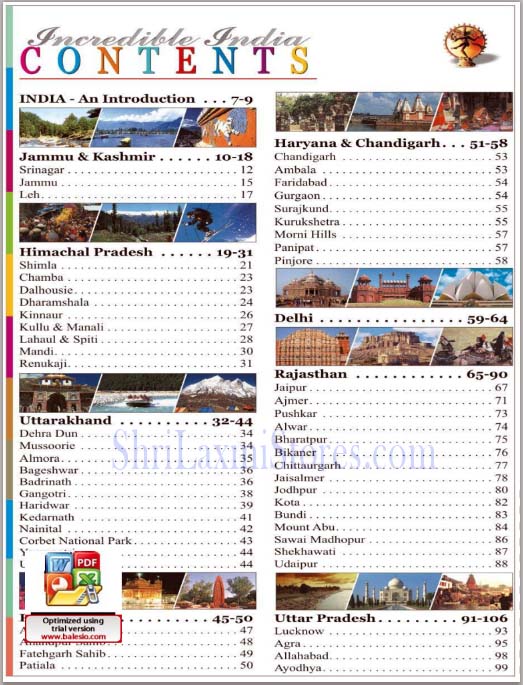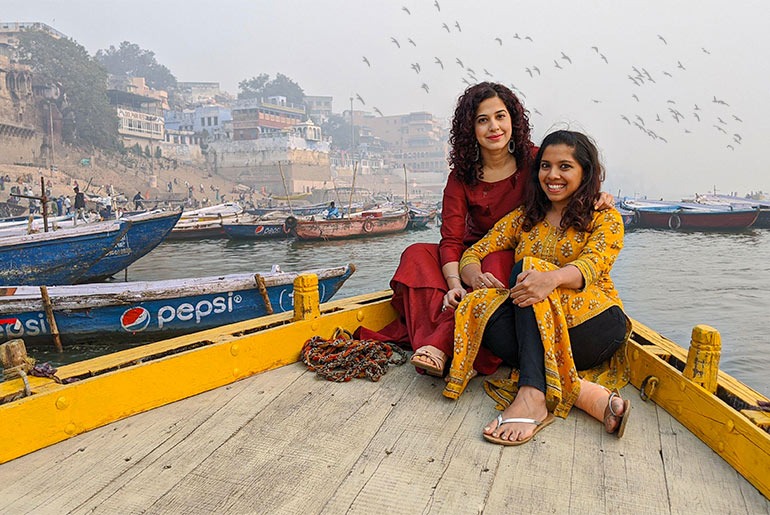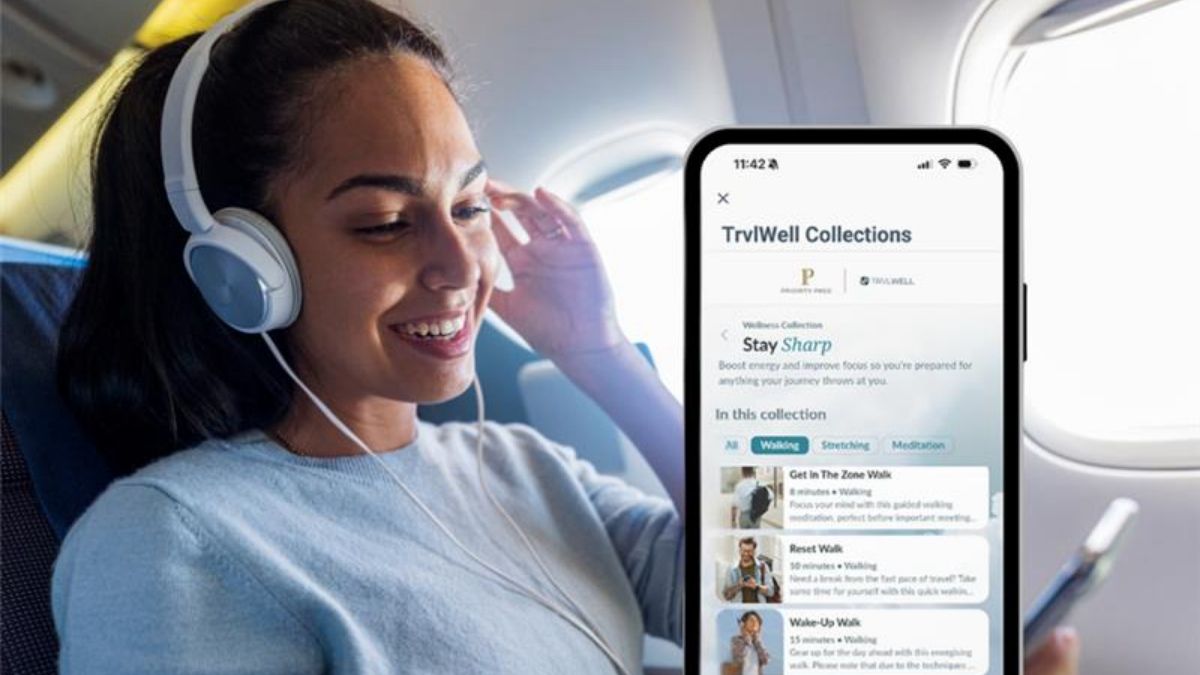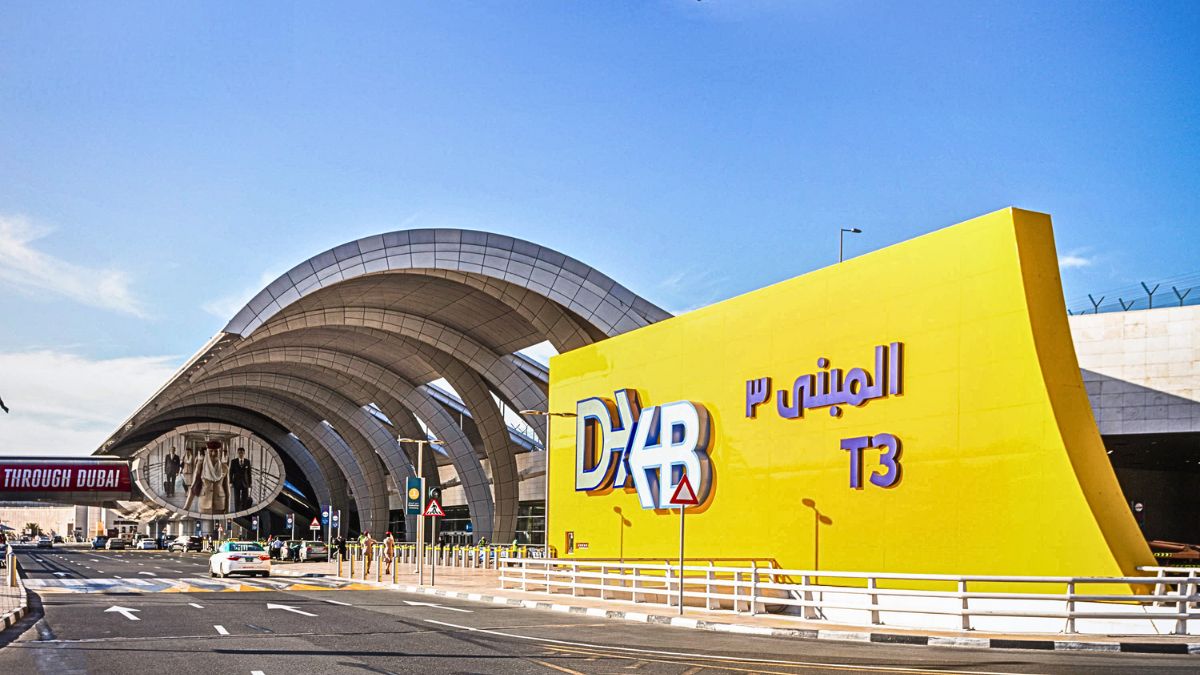Did you know that India is the seventh-largest country in the world with over 1599 languages spoken, a variety of dietary habits and a crazy number of rituals and customs? I’m not telling you all of this to scare you. I’m telling you all of this so you’re better prepared for the mesmerising paradise that is India, that is visited by over 10 million foreigners annually. My name is Natasha Monteiro and I’ve been living in India all my life. I’ve travelled across most of India, some cities even 5-6 times and I’m here to help you with all your queries and doubts. Here is everything you need to know before planning a trip to India.
https://www.instagram.com/p/B1_fhyIJKzI/
How To Map Out Your Trip To India?
India, the land of culture and spirituality, spices and curries, and of course people and a whole lot of people, is as diverse as it can get. India can be divided into 5 parts – North India, North East India, Central India, West India & South India. Each of these areas is rich in its own culture and heritage. Depending on how long you plan to stay in India and what kind of traveller you are, you can cover one or more parts. The ideal time to explore all of the major India landmarks would easily require a travel time of a month or more. However, if you are planning to explore just one part, then a shorter time period of 10-12 days would also suffice.
Major Indian Airports
- Indhira Gandhi International Airport, New Delhi (North India)
- Chhatrapati Shivaji International Airport, Mumbai (West India)
- Chennai International Airport, Chennai (South India)
- Cochin International Airport, Kochi (South India)
- Kempegowda International Airport, Bangalore (South India)
- Rajiv Gandhi International Airport, Hyderabad (South India)
Visa To India
First things first: You must hold a valid passport to travel to India (duh, of course, you know that!) India offers Tourist Visa on Arrival (TVOA) to these countries. Please always check if the airport you are landing in offers VOA facility.
Regular visas can also be applied for at the respective Indian embassy of a country. Visas are available for 1 month, 3 months and a year, respectively. Visa costs vary from country to country.
Geographically Planning A Trip To India
The Golden Triangle: Covers the cities of Delhi, Agra and Jaipur. Delhi being the capital of India is a shopper’s and foodies delight. Agra houses one of the Wonders of the World- Taj Mahal – and Jaipur also known as the Pink city is a heritage city, with magnificent forts and rich vibrant culture. This can be covered in a day or two. However, it depends on your interests and the time you want to spend.
North India: The Northern part of India houses the Himalayan ranges, the youngest fold mountains in the world. From the Shivaliks in the state of Uttarakhand and the Greater Himalayas in the state of Himachal Pradesh and the Trans Himalayas in the Union Territory of Jammu and Kashmir. It is the mountain lovers’ delight.
North-East India: The Himalayas pass through the North-Eastern states too. The North-Eastern part of India is one of the unexplored regions of India. Home to close to 200 tribes filled with rich culture and breathtaking scenery, everything from the food to the clothing to the customs and traditions, there is so much to learn and experience in the North East.
Peninsular India: Again surrounded by mountainous ranges on both sides of the Indian Peninsula, one can gorge on coastal food and soak in the rich culture Southern India and Eastern India. Kerala, Allepey is famous for backwaters. One can also visit the southernmost point in India, i.e. Kanyakumari. The state of Tamil Nadu, Odisha and Kolkata offer a mad variety of seafood options.
States of Rajasthan and Gujarat: Rajasthan and Gujarat are beautiful states. You will be greeted with warmth, bright colors and lots of dancing. The forts in Rajasthan are massive. You must visit the cities of Jaipur, Jodhpur, Udaipur, Bharatpur and Ajmer. Rajasthan and Gujarat also have desert regions. The Thar Desert and the Rann of Kutch are must-visit places.
Visiting the city of Bollywood, Mumbai: Mumbai, the financial capital of India, is a major tourist site too. If one wants to enjoy the vibrant city life of Mumbai, along with its coast, Mumbai is the place for you. Recently, Mumbai has become the first 24/7 city of India, where malls, eateries, etc., are open all throughout the night to make your experience all the better. Apart from the regular tourist sites, there is quite a lot to do. One can catch a play, watch a movie or watch some standup or take a dance class for that matter.
Hippie destinations across India: If you’re a beach bum and looking for a place to relax and get some tan, Goa is a popular tourist destination. It is home to many beaches and cheap alcohol. Apart from Goa, there are a host of hippie destinations all over India in different states: Pushkar in Rajasthan is one, Hampi in Karnataka, Rishikesh in Uttarakhand and Pondicherry in Tamil Nadu and Goa of course.
Religious/Spiritual places in India: Varanasi (Benaras), Rishikesh, Pushkar are major pilgrimage and holy sites in India. The river Ganges is considered the holiest river of India. On the banks of the river, major aartis take place, both in Rishikesh and Varanasi and is a divine experience for those seeking some soul searching. Rishikesh, also being the Yoga Capital, offers courses in Yoga and spirituality.
https://www.youtube.com/watch?v=zFMI2dASVZg&t=1s
Islands: Islands like Andaman and Nicobar and even Lakshadweep are beautiful, with crystal clear seas. If you’re a water baby, I’d suggest these gorgeous islands with blue waters and white sands!
One can also plan your visits to India based on the various fairs and festivals that take place all throughout the year, which can help one experience the culture of India better. For example, the Pushkar Mela in Rajasthan, the Kumbh Mela (happens every 12 years in 4 different locations), the Ziro festival in Arunachal Pradesh, Hornbill Festival in Nagaland, etc. One can also experience festivals like Holi and Diwali in various parts of the country.
Disclaimer: Certain places in the North East and the islands of Andaman and Nicobar and Lakshadweep are restricted and foreigners require permission and extra paperwork from the District Collector’s office to travel to certain areas. This is done so as to preserve the culture of the tribes and not disturb them.
Places To Stay In India
India has a range of places to stay in – from 7 stars to cosy shacks for backpackers. One can stay in luxurious hotels to feel secure and pampered, and one can stay in homestays or hostels. The Government of India runs the Bed and Breakfast scheme, where one can stay with an Indian family and eat home-cooked food, and experience Indian culture and tradition from the closest quarters. There are also eco-tour agencies that help sustain local communities and environments by delivering handcrafted experiences like NotOnMap. There are also chains of growing hostels in India that can be checked online. Hostels are cheaper and useful for those backpacking around India and want to meet fellow travellers.
Things To Keep In Mind When Visiting India
Here are some tips and things to be kept in mind, if you’re visiting India for the first time. Apart from these tips to remember to start your journey with an open mind, ready to accept and inhale the different colour, cultures and traditions of the place. If you’re free from predetermined notions you can perfectly blend in and experience India to its fullest.
1. Carry A Guide Book
A guide book is always helpful and one needs to make sure to have a copy of it. This book can be handy if a person is lost and cannot make his way back. It also gives detailed information about the places one wishes to travel. For starters, India attracts its main tourism from places such as Goa, Maharashtra, Kerala, Chennai, etc.

2. Plan Your Trip According To Climatic Conditions
The climatic conditions of India always vary from time-to-time as the temperature fluctuates anytime in the day. It mostly happens during the summer and monsoon season, as the humidity affects the skin of those who are not accustomed to such weather especially while travelling in South Mumbai. It’s best to travel to India during the winter season which is from November to January, as you can experience pleasant weather throughout the country.
Also Read: Here Are India’s Best Destinations For Every Month Of The Year!
3. You Get Yourself A Tour Guide
If you’re travelling for the first time and are with your family or just your spouse, you can also have an option to get yourself a personal tour guide who can help you with your travel agenda. A guide can also help in handling accommodation and transport as some tourists find it difficult to access it. A tour guide will also have vast knowledge about the history and culture of the city, so you can learn a lot during your trip. Did you know Kerala’s Tourist Spots Set To Be Specially-Abled Friendly By 2021?

4. Beware Of Scammers
The culture of India is quite different, so tourists might face some difficulties while visiting the country for the first time. In order to be better prepared about it, you can always research thoroughly, in order to avoid the risk of scams or any other illegal activities. Be cautious and while you’re indulging in street shopping, you can also take the liberty to negotiate the prices.
5. Pack Medicines And Other Necessities
Lastly, It’s important to pack stuff which you will be needing during your trip to India, as you don’t want to miss out on your personal hygiene. Also, make sure to bring a medicine box consisting of basic medicines for flu and indigestion. Carry a good sunscreen and face mask to protect yourself from the weather and pollution in the country.

6. Carry Appropriate Clothing
Local customs and people should be respected. Dress appropriately. India is a country that celebrates modest dressing. While you can still wear a certain level of liberal clothes in metros, smaller cities require modest dressing. Jeans and tops, long dresses, sleeved clothes
India welcomes everyone, whether you are on a shoestring budget or looking to travel luxuriously because – Athithi Devo Bhava (Guests here are treated as a form of God!)
First Published: February 28, 2020 5:57 PM






